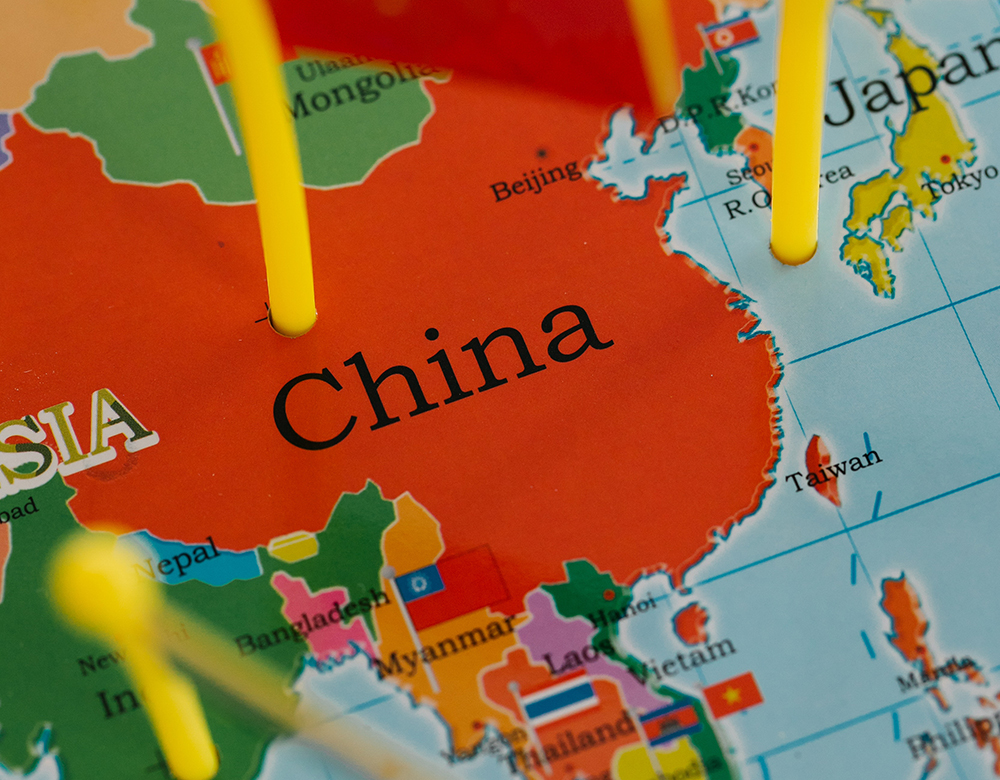Managing PKU in China


We are happy to share a serious of blogs about managing a low protein diet worldwide. The first stop on our round the world tour is China! This one is from a parent who is sharing their expertise in managing their daughter’s PKU low protein diet in China.
- How was your child or you diagnosed? How many days after birth the diagnosis was confirmed? What were the first steps after diagnosis?
My daughter, Lintong was born in 2013. Lintong was diagnosed in our local hospital routine screening. The diagnosis was confirmed as classical PKU after birth in 30 days. Based on the diagnostic opinion of the specialist, we immediately began the dietary therapy.
- What was the most difficult thing for you at the start of the low protein diet? What were the challenges?
The most difficult thing for us at the beginning was to accept the reality with difficulty. Because the incidence rate of PKU in the north of China was one in ten thousand, our lovely daughter has it. The challenges were that we lacked knowledge about PKU. My wife and I had consulted the experts from the specialized hospitals in Beijing and Shanghai. We had also read the books about PKU, and had searched online resources about PKU. Then we discussed what to do for our child.
- Please provide an outline of the low protein diet management in your country. How do you manage your child’s diet? What low protein products are you using? What are the favourite low protein foods?
We manage our child’s diet based on the experts advice from the specialized hospitals. We choose Nutricia Periflex Ad PKU formula powder for special medical purposes as our child’s main nutritional sources. According to the level of protein, we mainly divide foods into three categories: foods with very little protein, for example, starchy foods, various vegetables and fruits, foods with high protein, for example, meat, sea food, eggs, foods with between very little protein and high protein. Foods with very little protein could be eaten without weighing. Foods with between very little protein and high protein need to be weighed. Foods with high protein should be avoided. Low protein rice, low protein flour, vegetables and fruits are all favourite low protein foods.
- What challenges (if any) do you face on a daily basis?
Our child has an increasing demand for natural foods with the growth of her age, and sometimes we find it is hard to meet her needs.
- Please describe briefly the way the provision of low protein foods and protein supplements is managed in your country. How do you source these products?
There are several possible procurement channels. One is from local Maternal and Child Health Care Centers or the professional department of the hospitals. Another is from low protein foods manufacturers. Online shopping platforms are also one of the procurement channels. My wife and I, we mainly buy low protein foods from our local Maternal and Child Health Care Center. Sometimes we also try shopping online.
- Any advice or message to the rest of the low protein community worldwide.
Chinese parents are not familiar with PKU products in the UK. If it is possible, the products need to be promoted more in China.
- Anything else you would like to add would be much appreciated and shared with the low protein community.
I visited Firstplay in 2016. Firstplay is a PKU foods manufacturer in the UK. I hope Promin foods can be promoted in China.
RELATED STORIES
-

Managing PKU in Ukraine
We are happy to share this blog coming from Anna from Ukraine whose son Erik has PKU. We are grateful to Anna for sharing…
-

Managing PKU in the USA
Our next stop on the round the world tour is the USA! This one is from Joseph M. Long, a PKU adult who is…
